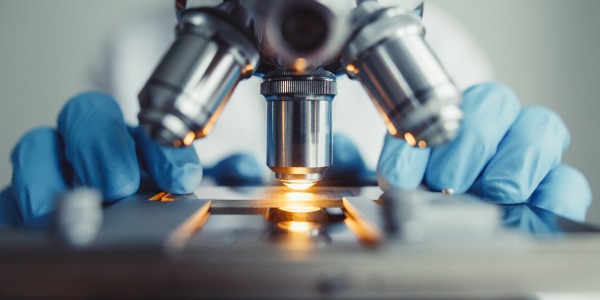MDR requirements for PMCF investigations

General considerations
MDR Article 74, Clinical investigations regarding devices bearing the CE marking, refers to a PMCF investigation as a clinical investigation conducted to further assess, within the scope of its intended purpose, a device which
already bears the CE marking.
Manufacturers should be careful to distinguish a PMCF investigation from other types of PMCF, some of which are referred to in MDR Annex XIV, Part B, Section 6.2, such as: gathering of clinical experience gained, feedback
from users, screening of scientific literature and of other sources of clinical data or evaluation of suitable registers. These types of PMCF or PMCF activities are different from a PMCF investigation, which is subject to a series of requirements, specified in MDR Article 74, some of which are the same as those applicable to premarket clinical investigations.
PMCF investigations involving additional and burdensome procedures
MDR Article 74(1) requires that where a PMCF investigation would involve submitting subjects to procedures additional to those performed under the normal conditions of use of the device and those additional procedures
are invasive or burdensome, the sponsor must notify the Member States concerned at least 30 days prior to its commencement by means of the electronic system referred to in Article 73, and include the documentation
referred to in Chapter II of Annex XV as part of the notification. This documentation is the same type of documentation required for pre-market clinical investigations. MDR Article 74(1) also states that points (b) to
(k) and (m) of Article 62(4); Articles 75, 76 and 77 and Article 80(5) and (6), and the relevant provisions of Annex XV apply to PMCF investigations.
This means that the sponsor of a PMCF investigation that is conducted in accordance with the device IFU and/ or operating manual needs to comply with the specified provisions indicated in the last sentence of Article
74(1) but does not need to notify the competent authority of the PMCF investigation.
For these reasons, it is very important to determine whether the PMCF investigation is planned to be conducted under normal conditions of use or whether any additional procedures (e.g. additional blood analyses, diagnostic X-rays or scans or other procedures) are planned.
A new annex of BS EN ISO 14155:2020 should prove useful in considering factors that are important for complying with MDR Article 74. That is, Annex I (informative), Clinical development stages, includes Section I.6, Burden to subjects, which provides information on the categorization of clinical investigations based on interference with normal clinical practice, distinguishing between interventional and non-interventional studies.
PMCF investigations and adverse event reporting
Regarding compliance with adverse event reporting, MDR Article 80(5) requires that in the case of PMCF investigations, the provisions on vigilance laid down in MDR Articles 87 to 90 and in the acts adopted pursuant
to MDR Article 91 apply.
MDR Article 80(6), however, states the following: Notwithstanding paragraph 5, this Article shall apply where a causal relationship between the serious adverse event and the preceding investigational procedure has been
established.
By ‘this Article shall apply’, Article 80(6) is referring to MDR Article 80(1) through (4).
That is, manufacturers will need to determine whether a serious incident has occurred, which needs to be reported under MDR vigilance requirements as specified in MDR Articles 87 to 90 or whether a SAE has occurred, which meets the requirements of Article 80(6) and needs to be recorded and reported as specified in Article 80(1) to (4).
This blog post is an excerpt from our latest whitepaper: Medical device clinical investigations — What’s new under the MDR? Please download the full whitepaper to find out more information.
The Compliance Navigator blog is issued for information only. It does not constitute an official or agreed position of BSI Standards Ltd or of the BSI Notified Body. The views expressed are entirely those of the authors.

